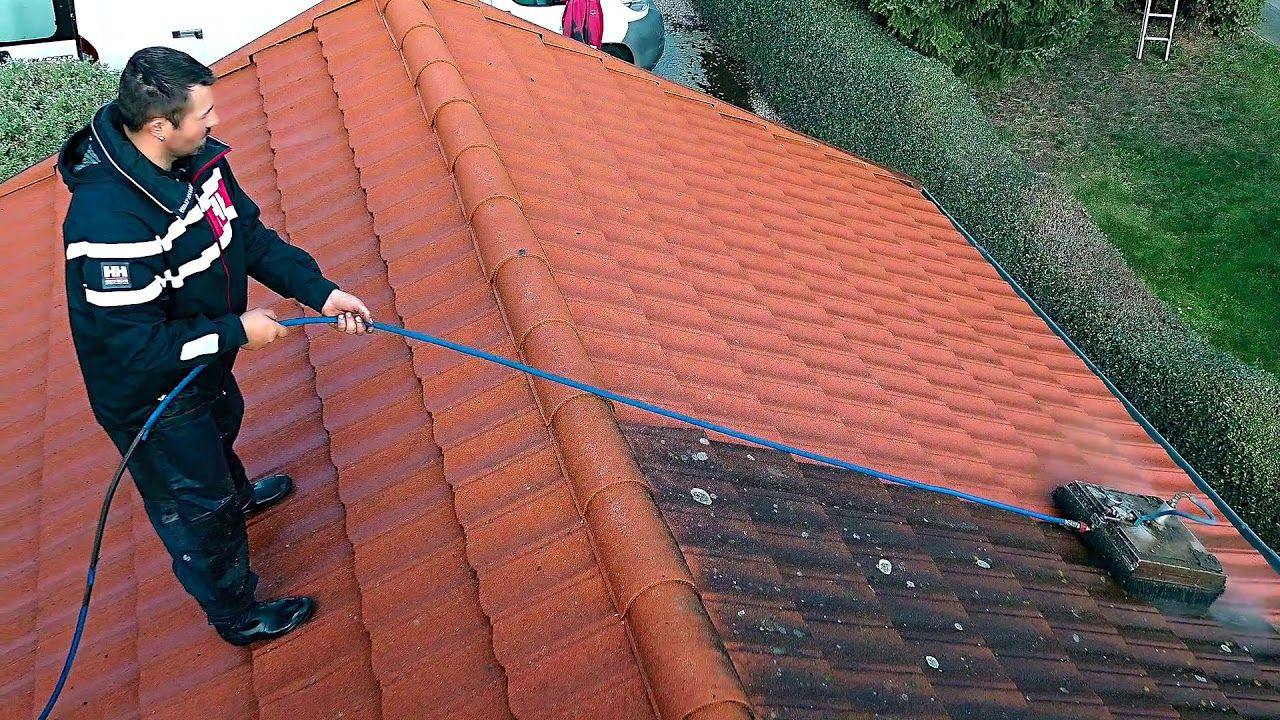

Articles
How To Clean Roof
Modified: January 26, 2024
Discover effective ways to clean your roof with these informative articles. Find tips, tricks, and step-by-step guides to maintain a clean and sturdy roof.
(Many of the links in this article redirect to a specific reviewed product. Your purchase of these products through affiliate links helps to generate commission for Storables.com, at no extra cost. Learn more)
Introduction
Welcome to our comprehensive guide on how to clean your roof. Over time, roofs can accumulate dirt, debris, moss, and stains, which not only affect the appearance of your home but also can cause damage if left untreated. Regular roof maintenance and cleaning are essential to ensure the longevity and functionality of your roof.
Cleaning your roof might seem like a daunting task, but with the right materials, safety precautions, and cleaning techniques, it can be a manageable and rewarding project. In this article, we will walk you through the step-by-step process of cleaning your roof, from gathering the necessary materials to finishing touches and important maintenance tips.
Before we get into the specifics, it’s important to note that cleaning a roof can be risky, especially if you have a sloped or tall roof. If you feel uncomfortable or unsure about working at heights, it is always best to hire a professional. Safety should be your top priority throughout the entire cleaning process.
Now that we have covered the basics, let’s move on to the materials you will need for a successful roof cleaning project.
Key Takeaways:
- Regular roof cleaning and maintenance are essential to protect your home from damage and extend the lifespan of your roof. Prioritize safety, gather materials, and follow the step-by-step guide for a successful cleaning project.
- Implementing regular inspections, proper care, and addressing issues promptly will proactively protect your roof and ensure its optimal condition for years to come. Consider professional help for complex roofing systems and challenging maintenance tasks.
Read more: How Much Is Roof Cleaning
Materials Needed
Before you begin cleaning your roof, it is important to gather the necessary materials. Here is a list of essential items you will need:
- Safety harness: A safety harness is crucial to ensure your safety while working at heights. It will prevent any accidents and provide additional support.
- Ladder: Depending on the height of your roof, you will need a sturdy ladder to access it safely. Make sure to choose a ladder that is appropriate for the height of your roof and follow all ladder safety guidelines.
- Roof cleaning solution: There are various roof cleaning solutions available in the market. Look for a product that is suitable for your specific type of roof and can effectively remove stains, algae, and moss.
- Soft-bristle brush or broom: To remove debris and dirt from the roof surface, you will need a soft-bristle brush or broom. Avoid using hard-bristle brushes as they can damage the shingles.
- Garden hose with a spray nozzle: A garden hose equipped with a spray nozzle will be used to rinse off the cleaning solution and ensure a thorough cleaning.
- Protective clothing: It is important to wear appropriate protective clothing while cleaning your roof. This includes long-sleeved shirts, long pants, non-slip shoes, gloves, and safety goggles.
- Plastic tarp or drop cloth: To protect your plants, landscaping, and surrounding areas from any potential damage or cleaning solution runoff, lay down a plastic tarp or drop cloth.
Having these materials on hand will help ensure that you have everything you need to safely and effectively clean your roof. Now that you have gathered the necessary materials, let’s move on to the next section, where we will discuss some important safety precautions to keep in mind.
Safety Precautions
When it comes to cleaning your roof, safety should always be the top priority. Working at heights and using cleaning chemicals can pose potential risks, so it’s important to take proper precautions. Here are some safety guidelines to follow:
- Use a safety harness: Before accessing your roof, always wear a properly fitted safety harness. It will provide an additional level of protection and prevent falls.
- Inspect the ladder: Before climbing the ladder, carefully inspect it for any damage or defects. Make sure it is stable and positioned on a flat and solid surface. Do not exceed the maximum weight limit of the ladder.
- Wear protective clothing: Protect your body by wearing long-sleeved shirts, long pants, gloves, non-slip shoes, and safety goggles to prevent injuries from debris or cleaning solution splashes.
- Be cautious of electricity: If your roof has overhead electrical lines, be aware of their presence and maintain a safe distance. Avoid using conductive materials or tools near electrical equipment.
- Work in favorable weather conditions: It’s best to clean your roof on a dry and calm day to prevent slipping and accidents. Avoid working in extreme temperatures or during strong winds.
- Secure loose items: Before starting the cleaning process, secure any loose items on your roof, such as loose shingles or tiles, to prevent them from dislodging and causing harm.
- Use appropriate cleaning techniques: Follow the manufacturer’s instructions for the roof cleaning solution you have chosen. Avoid using pressure washers or abrasive tools, as they can damage the roof surface.
- Work with a partner: Having a partner present during the roof cleaning process can provide an extra level of safety. They can assist you with tools, spot any hazards, and be there in case of emergencies.
By following these safety precautions, you can minimize the risks associated with cleaning your roof and ensure a safe and successful cleaning project. Now that you are aware of the safety guidelines, let’s move on to the next section where we will discuss the preparations needed before cleaning.
Cleaning Preparations
Before you start cleaning your roof, there are a few important preparations you need to make. Follow these steps to ensure a smooth and efficient cleaning process:
- Check the weather forecast: Make sure to choose a day for cleaning your roof when the weather is dry and calm. Avoid cleaning on windy or rainy days, as it can be dangerous and make the cleaning process more challenging.
- Clear the area: Remove any loose objects, such as patio furniture, garden decorations, or potted plants, from the area around your house. This will prevent them from getting damaged or obstructing your pathway while cleaning the roof.
- Protect your plants and landscaping: Cover any delicate plants or landscaping near your roof with a plastic tarp or drop cloth. This will prevent them from being exposed to the cleaning solution or debris that may fall during the cleaning process.
- Prewet the roof: Using a garden hose, lightly spray the roof surface to dampen it before applying the cleaning solution. This will help the solution to spread evenly and penetrate any stubborn stains or algae.
- Read the cleaning solution instructions: Carefully read and follow the instructions provided by the manufacturer of the roof cleaning solution. Different products may have specific dilution ratios or application methods.
- Mix the cleaning solution: Prepare the cleaning solution according to the instructions provided. Use a clean bucket or sprayer to mix the solution. Avoid using metal containers, as some cleaning solutions may react with metal.
- Put on the safety gear: As mentioned earlier, make sure to wear protective clothing, including long sleeves, long pants, safety goggles, gloves, and non-slip shoes, before you start the cleaning process.
By following these preparations, you will ensure that you are ready to start cleaning your roof safely and efficiently. Now, in the next sections, we will dive into the step-by-step process of removing debris, treating stains and algae, cleaning gutters and downspouts, and applying finishing touches.
Removing Debris
Before tackling any stains or algae on your roof, it’s important to first remove any debris that has accumulated. Here’s a step-by-step guide on how to effectively remove debris from your roof:
- Start at the top: Begin your debris removal process at the highest point of your roof and work your way down. This will prevent debris from falling onto areas that you have already cleaned.
- Use a soft-bristle brush or broom: Gently sweep away loose debris, such as leaves, twigs, and dirt, from the roof surface. Avoid using a hard-bristle brush or excessive force, as it can damage the shingles or tiles.
- Clear out the gutters: Check and clean out your gutters and downspouts. Remove any leaves, sticks, or other debris that may have accumulated, as clogged gutters can cause water to back up and potentially damage your roof.
- Be mindful of your footing: When moving on the roof, always watch your step and be cautious of your footing. Walk on sturdy areas of the roof and avoid stepping on fragile or damaged sections.
- Use a leaf blower: If the debris on your roof is light and easily blown away, you can also use a leaf blower to effectively remove it. Set the leaf blower to a low setting to avoid damaging the shingles.
- Clean the surrounding areas: Once you have cleared the roof of debris, take the time to clean up any fallen debris in the surrounding areas. This will prevent it from ending up back on your roof after cleaning.
By following these steps, you can ensure that your roof is free from any loose debris that can potentially cause clogs or damage. Now, let’s move on to the next section where we will discuss how to treat stains and algae that may be present on your roof.
Regularly remove debris such as leaves and branches from your roof to prevent clogging and water damage. Use a leaf blower or a soft-bristled brush to gently clear the surface.
Read more: How To Clean Metal Roof
Treating Stains and Algae
Stains and algae can detract from the appearance of your roof and, if left untreated, can cause damage over time. Here’s a step-by-step guide to effectively treat stains and algae on your roof:
- Identify the type of stain: Different types of stains require different treatment methods. Common roof stains include algae, moss, lichen, and rust. Identify the specific type of stain on your roof to determine the appropriate treatment.
- Apply the cleaning solution: Using a sprayer or a soft-bristle brush, evenly apply the roof cleaning solution to the affected areas. Allow the solution to sit for the recommended amount of time, as specified in the product instructions.
- Scrub gently: For light stains or algae growth, gently scrub the area with a soft-bristle brush to loosen the stains. Avoid using abrasive tools or excessive force, as it can damage the roof surface.
- Rinse with water: After allowing the cleaning solution to penetrate and loosen the stains, thoroughly rinse the area with a garden hose equipped with a spray nozzle. Aim the water downwards to prevent water from seeping under the shingles.
- Repeat if necessary: For stubborn stains or heavy algae growth, you may need to repeat the treatment process. Ensure that you follow the manufacturer’s instructions for multiple applications.
- Prevent future growth: To prevent future re-growth of algae or stains, consider installing zinc or copper strips at the peak of your roof. These metals release ions that inhibit the growth of moss and algae.
Remember, it’s important to always follow the manufacturer’s instructions when using cleaning solutions and to exercise caution when working on your roof. Now that you know how to treat stains and algae on your roof, let’s move on to the next section, where we will discuss cleaning your gutters and downspouts.
Cleaning Gutters and Downspouts
Regularly cleaning your gutters and downspouts is an important part of roof maintenance. Clogged gutters can cause water backup, which can damage your roof and potentially lead to leaks. Here’s a step-by-step guide on how to clean your gutters and downspouts:
- Gather the necessary tools: You will need a sturdy ladder, gloves, a trowel or gutter scoop, a bucket, and a garden hose with a spray nozzle.
- Safely position your ladder: Set up your ladder on flat and stable ground, ensuring it is securely positioned against the house. Have someone hold the ladder for added stability if possible.
- Start at a downspout: Begin by removing any debris near the downspout. Use the trowel or gutter scoop to scoop out leaves, sticks, and other debris from the gutter. Place the debris into the bucket.
- Work your way along the gutter: Move along the gutter, removing debris as you go. Use the trowel or gutter scoop to scrape away any stubborn debris. Be careful not to damage the gutter or the roof surface.
- Flush the gutter and downspout: Once the debris has been cleared, use the garden hose with a spray nozzle to flush out the gutter and downspout. Direct the water towards the downspout and ensure that it is draining properly.
- Clear any blockages: If the downspout is clogged, use a plumber’s snake or a high-pressure nozzle attachment to break up the blockage. Insert the snake or nozzle into the downspout, working it through until the blockage is cleared.
- Rinse the gutter and downspout: After clearing the blockage, rinse the gutter and downspout thoroughly with water. Ensure that water is flowing freely and that there are no remaining obstructions.
- Inspect for damage: While cleaning, take the opportunity to inspect your gutter system for any signs of damage, such as leaks or loose brackets. Address any issues promptly to prevent further damage to your roof and gutters.
Regularly cleaning your gutters and downspouts can help maintain the integrity of your roof and prevent water damage. Now, let’s move on to the next section where we will discuss the finishing touches to complete your roof cleaning project.
Finishing Touches
After you have removed debris, treated stains, and cleaned your gutters, it’s time to add the finishing touches to complete your roof cleaning project. Here are a few final steps to consider:
- Inspect and repair: Take a close look at your roof for any signs of damage or wear. Look for loose shingles, cracked tiles, or damaged flashing. If you notice any issues, consider repairing or replacing them to maintain the integrity of your roof.
- Clean up the surrounding areas: Once you have finished cleaning your roof, carefully remove the plastic tarp or drop cloth used to protect your plants and landscaping. Dispose of any debris or cleaning solution properly.
- Check the downspout extensions: Ensure that the downspout extensions are properly directed away from your foundation. This will help prevent water from pooling near your house, which can cause foundation damage.
- Maintain a regular cleaning schedule: To keep your roof in great condition, consider establishing a regular cleaning schedule. Depending on your location and the surrounding environment, you may need to clean your roof annually or biannually to prevent the buildup of debris and stains.
- Consult with a professional: If you are unsure about the condition of your roof or if you have a particularly challenging cleaning situation, don’t hesitate to reach out to a professional roof cleaning service. They have the knowledge and experience to handle various types of roofs and can ensure a thorough and safe cleaning.
Adding these finishing touches will help ensure that your roof not only looks clean and well-maintained but also functions properly. Regular maintenance and cleaning will help extend the lifespan of your roof and protect your home from potential water damage.
Now that you have completed the cleaning process, continue reading for some important maintenance tips to help keep your roof in excellent condition for years to come.
Maintenance Tips
Maintaining your roof is essential to ensure its longevity and to prevent costly repairs. Here are some important maintenance tips to keep your roof in excellent condition:
- Regular inspections: Schedule regular roof inspections to identify any potential issues early on. Look for signs of damage, such as cracked or missing shingles, sagging areas, or leaks. Address any problems promptly to prevent further damage.
- Trim overhanging branches: Trim any tree branches that are hanging over your roof. Falling branches or leaves can damage your roof and provide a pathway for pests that can cause further harm.
- Keep the roof clean: Clean your roof regularly to remove debris and prevent the growth of algae or moss. Consider using a roof cleaner specifically designed to inhibit the growth of these organisms.
- Clear gutters and downspouts: Regularly clean your gutters and downspouts to prevent clogs and water backup. Remove leaves, sticks, and other debris that may accumulate and obstruct proper water flow.
- Inspect and clean flashings: Flashings, which are metal strips that seal roof joints, are prone to damage over time. Inspect them for cracks or deterioration and repair or replace as needed.
- Monitor attic ventilation: Proper attic ventilation helps regulate temperature and moisture levels, which can prevent damage to the roof structure. Ensure that vents are unobstructed and functioning correctly.
- Prevent ice dams: In colder climates, ice dams can form on roofs, causing water to back up and potentially damage the roof. Insulate your attic and ensure proper ventilation to minimize the risk of ice dams.
- Address leaks promptly: If you notice any signs of leaks, such as water stains or dampness on the ceiling, address them immediately. Trace the source of the leak and repair it to prevent further damage.
- Consider professional maintenance: If you are unsure about performing maintenance tasks or if you have a complex roofing system, it’s best to consult a professional roofing contractor. They have the expertise to handle challenging maintenance tasks and can provide valuable advice.
By following these maintenance tips, you can proactively protect your roof and extend its lifespan. Regular inspections and proper care will help ensure that your roof remains in optimal condition for years to come.
Now that you have learned valuable roof maintenance tips, let’s wrap up this comprehensive guide on how to clean your roof.
Read more: How To Clean A Tile Roof
Conclusion
Cleaning your roof is an essential part of home maintenance that should not be overlooked. By following the step-by-step guide and implementing the maintenance tips outlined in this article, you can keep your roof in excellent condition and protect your home from potential damage.
Remember to gather the necessary materials, prioritize safety precautions, and make the required preparations before starting the cleaning process. Start by removing debris, treating stains and algae, and cleaning your gutters and downspouts. Finish off with a thorough inspection, repairs, and regular maintenance to ensure the longevity of your roof.
Regular roof cleaning and maintenance not only enhance the appearance of your home but also help prevent costly repairs down the line. It’s important to stay vigilant and address any issues promptly to avoid further damage and protect the integrity of your roof.
If you are uncertain about cleaning your roof or encounter complex issues, it’s always a good idea to consult with a professional roofing contractor. They have the expertise and equipment to handle any challenges and provide professional advice.
By implementing the knowledge and tips shared in this guide, you can maintain a clean and well-maintained roof that will stand strong and protect your home for years to come.
Thank you for reading our comprehensive guide on how to clean and maintain your roof. Good luck with your roof cleaning project!
Frequently Asked Questions about How To Clean Roof
Was this page helpful?
At Storables.com, we guarantee accurate and reliable information. Our content, validated by Expert Board Contributors, is crafted following stringent Editorial Policies. We're committed to providing you with well-researched, expert-backed insights for all your informational needs.
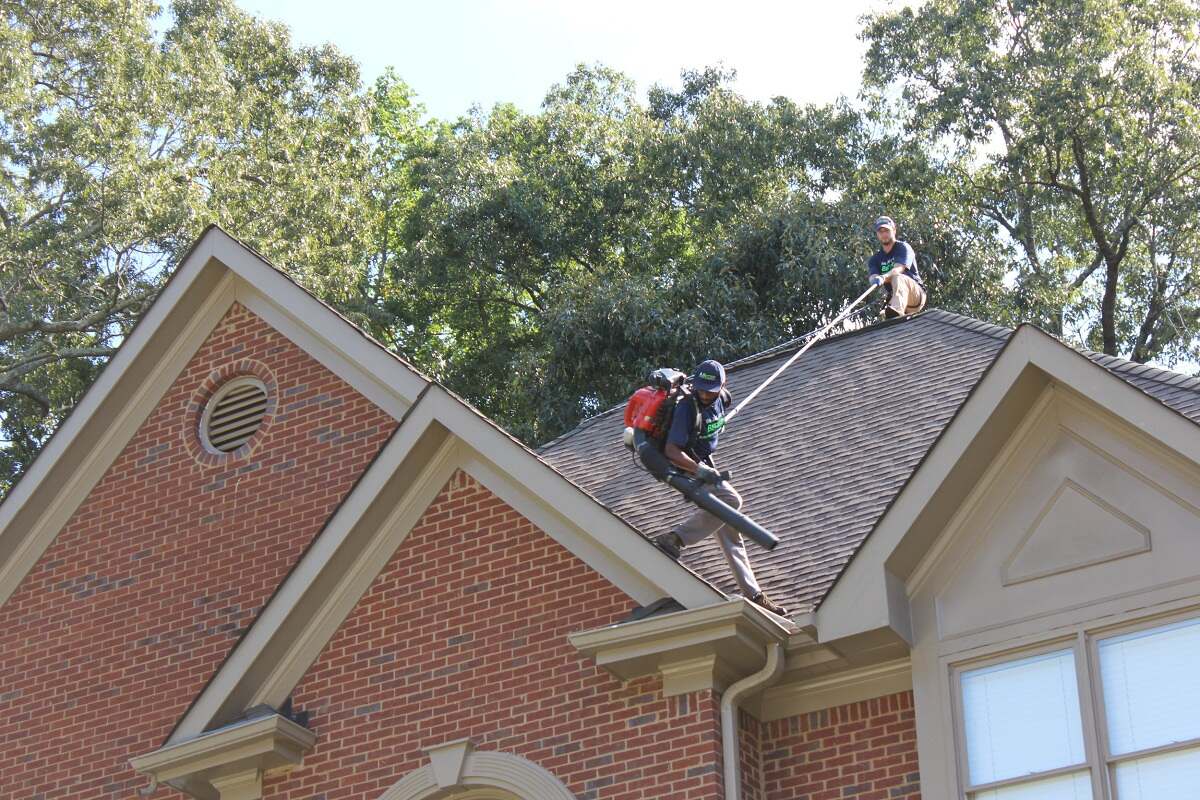
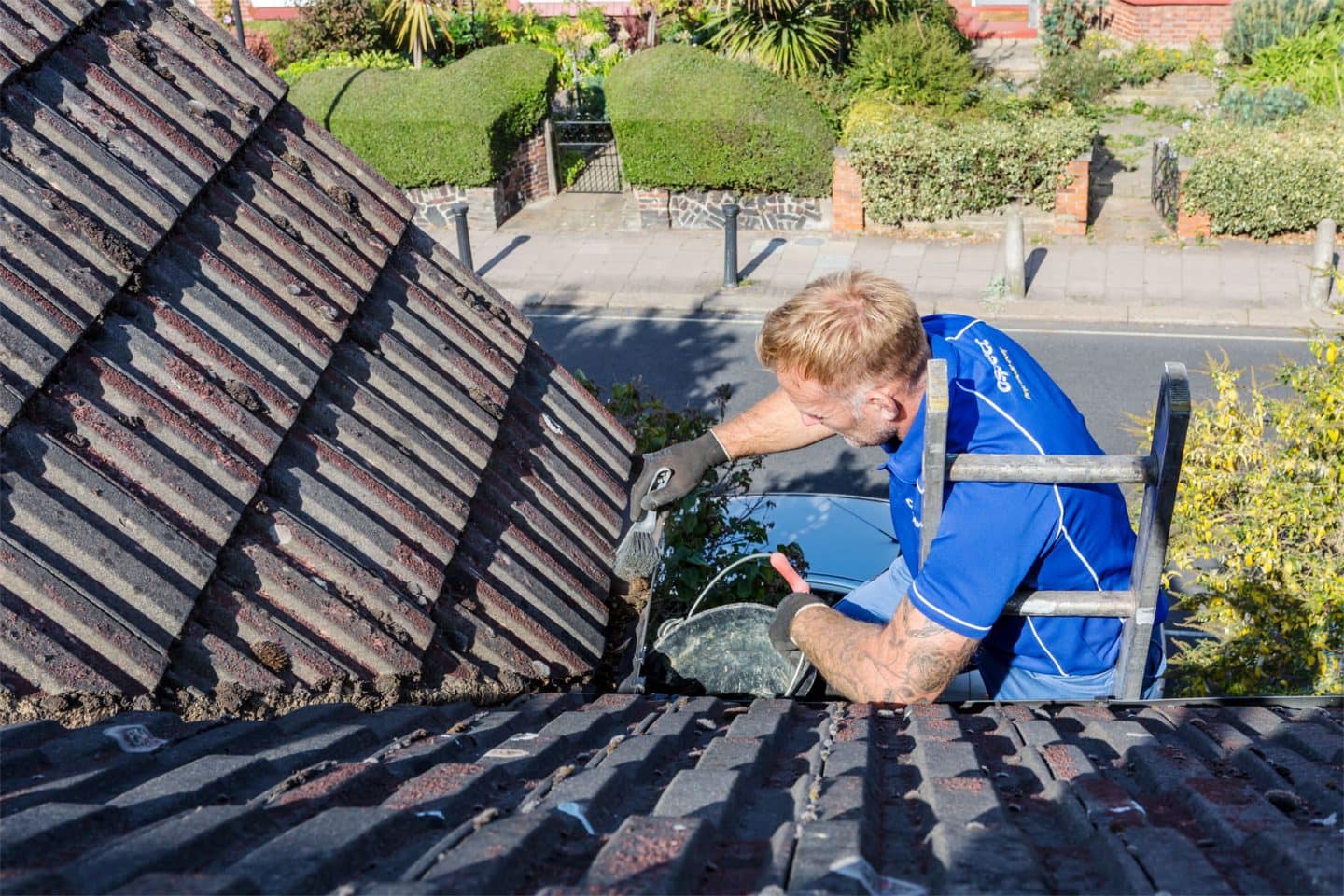
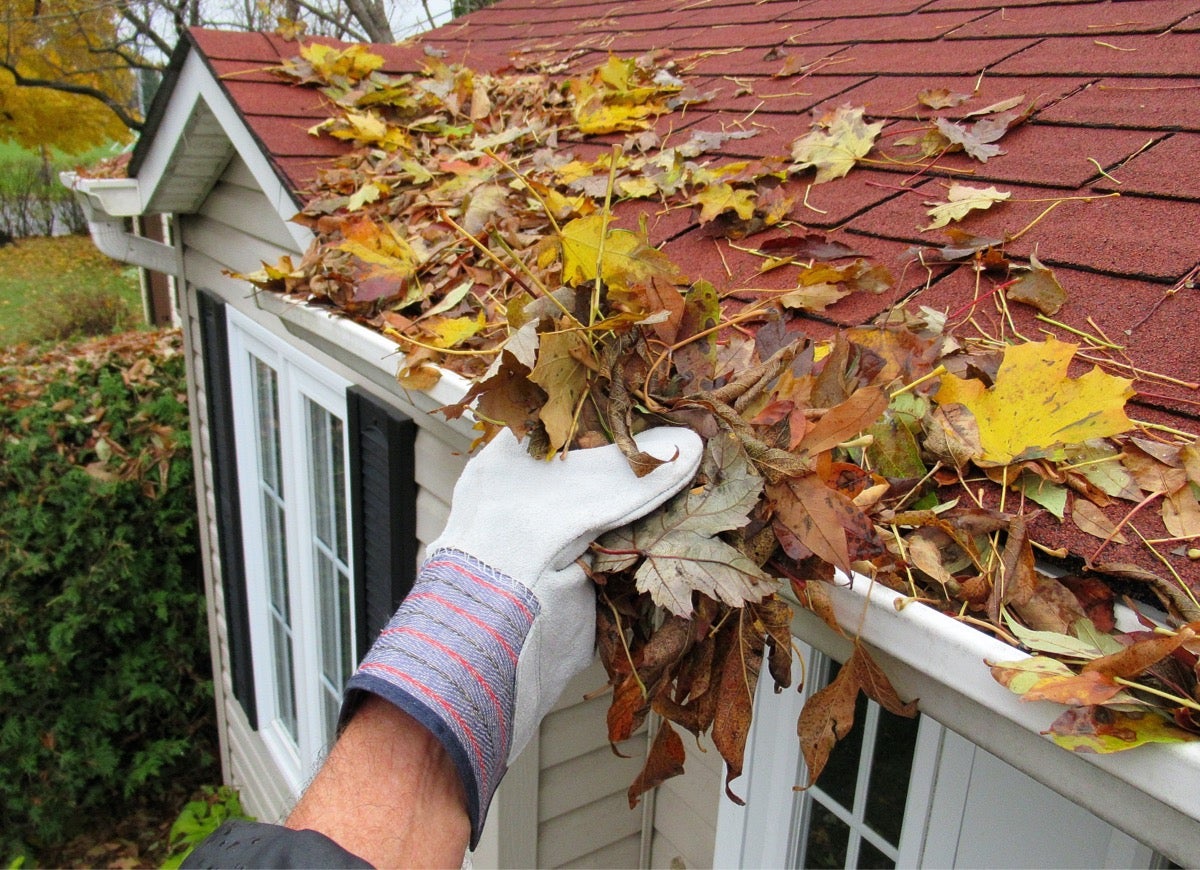
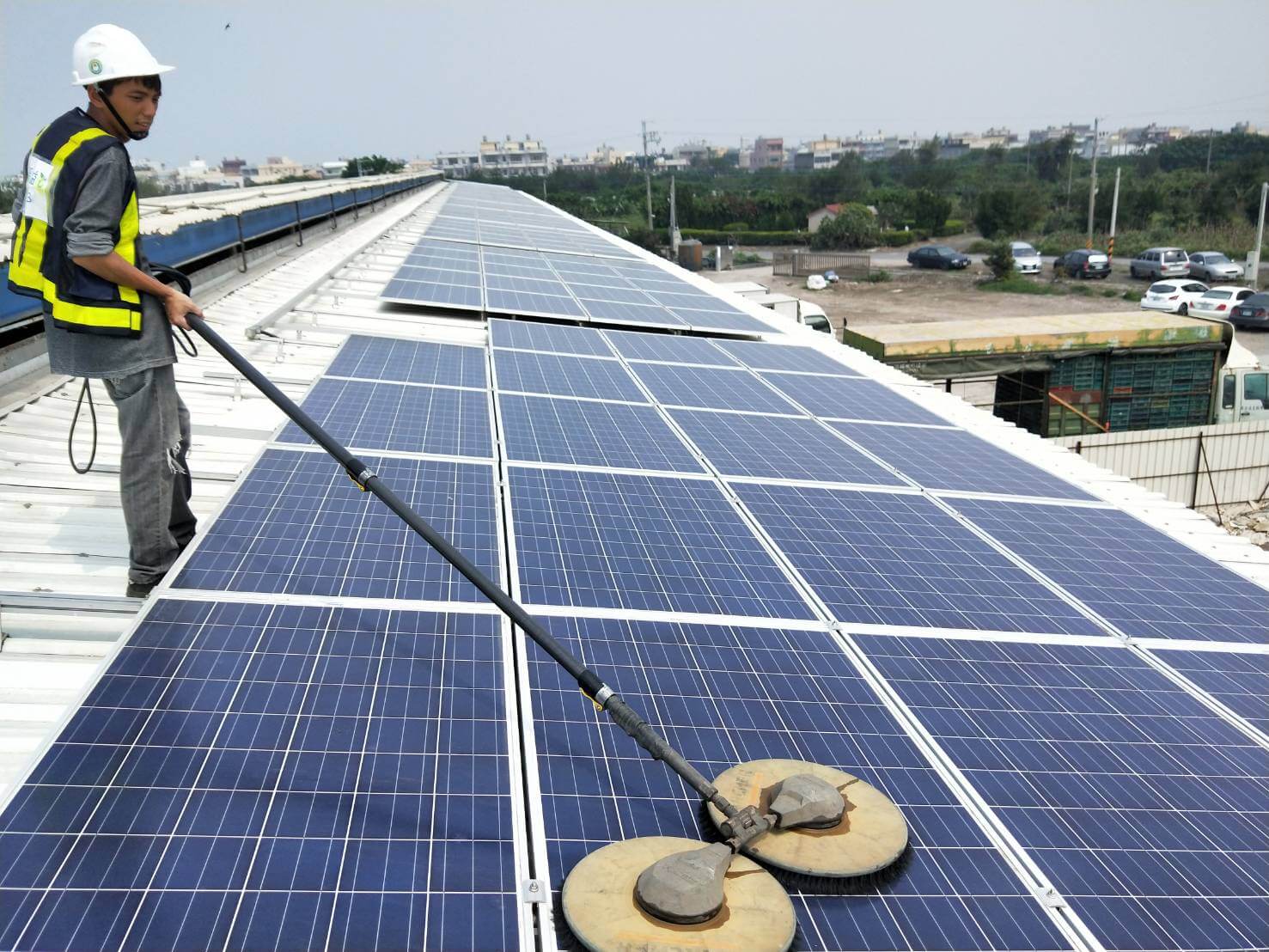
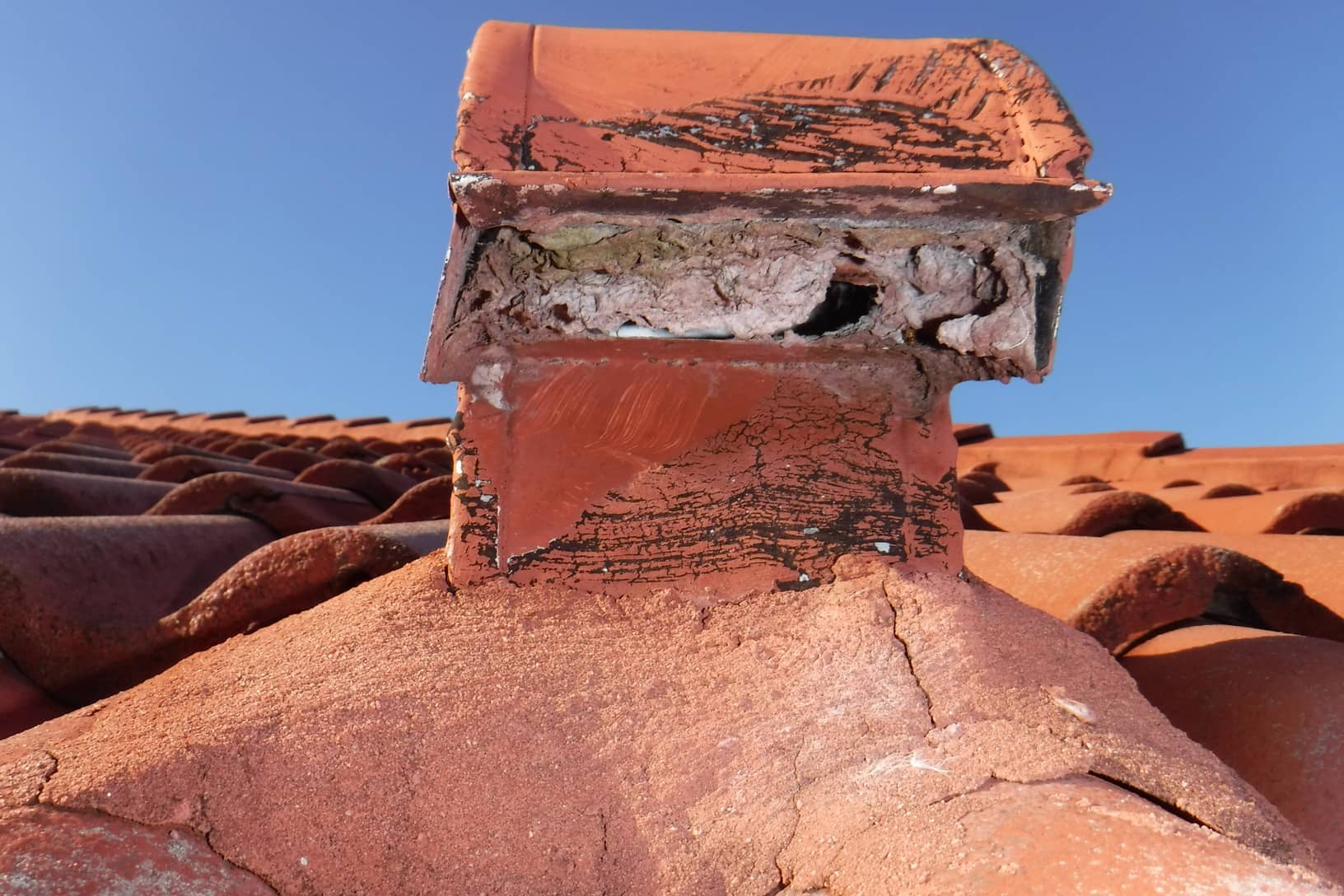
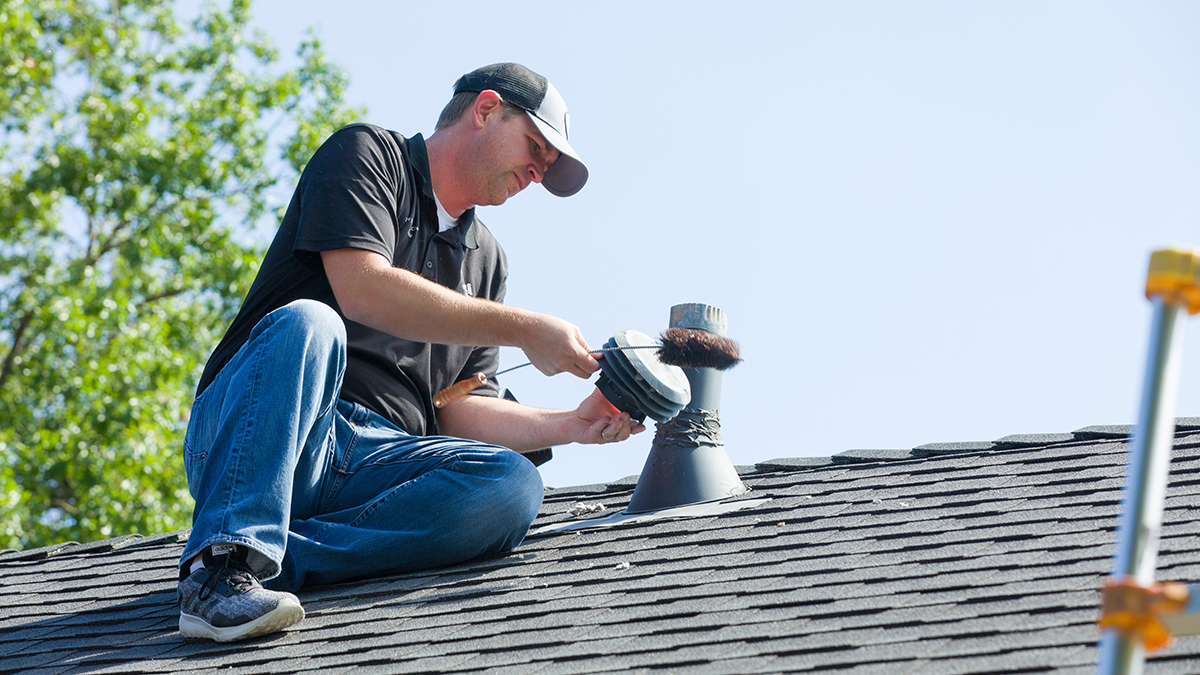
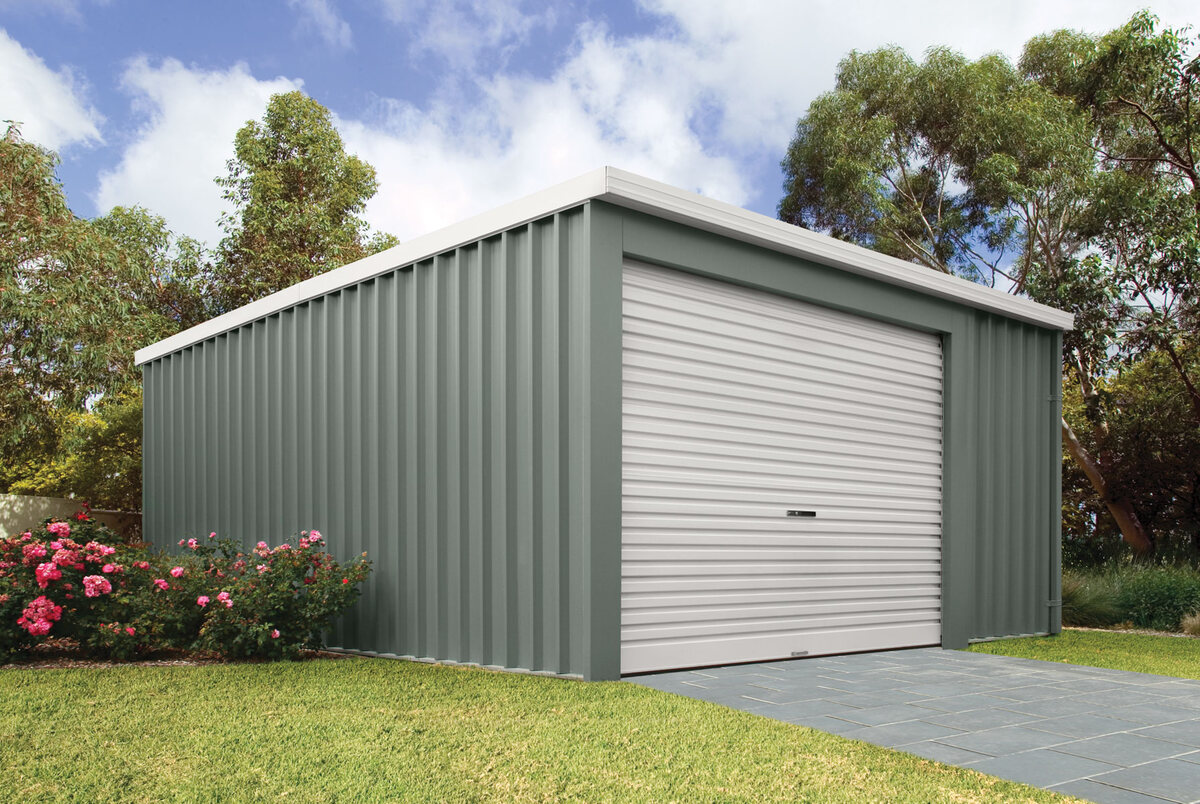
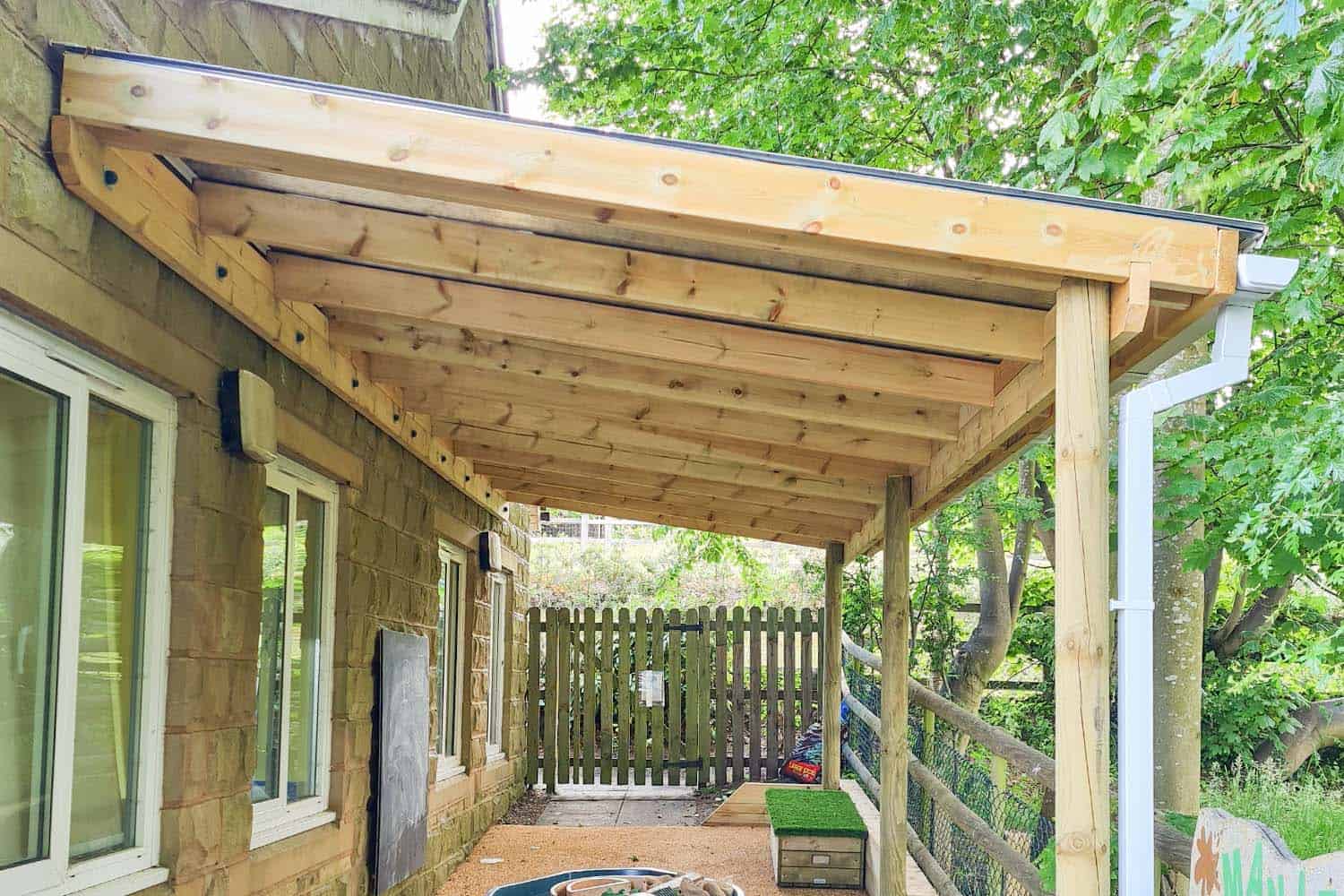
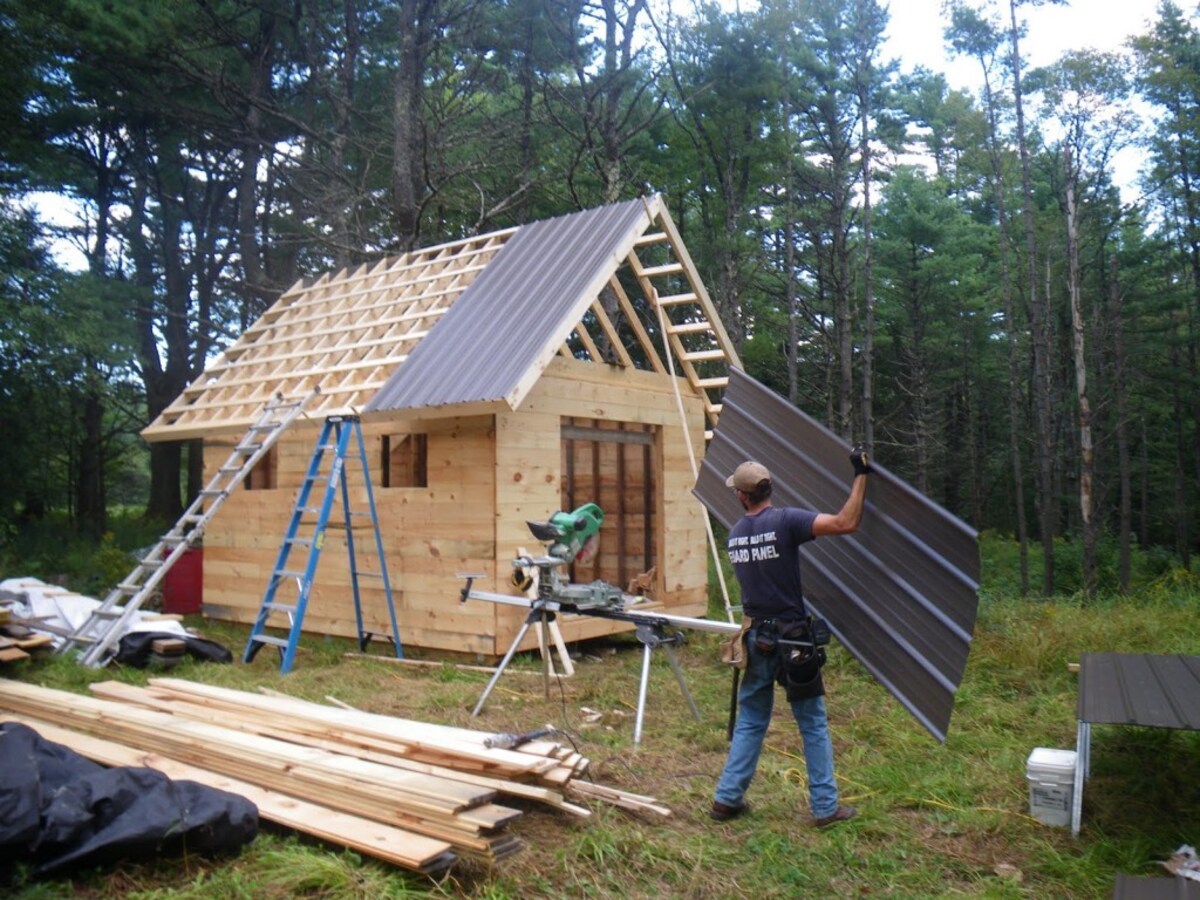
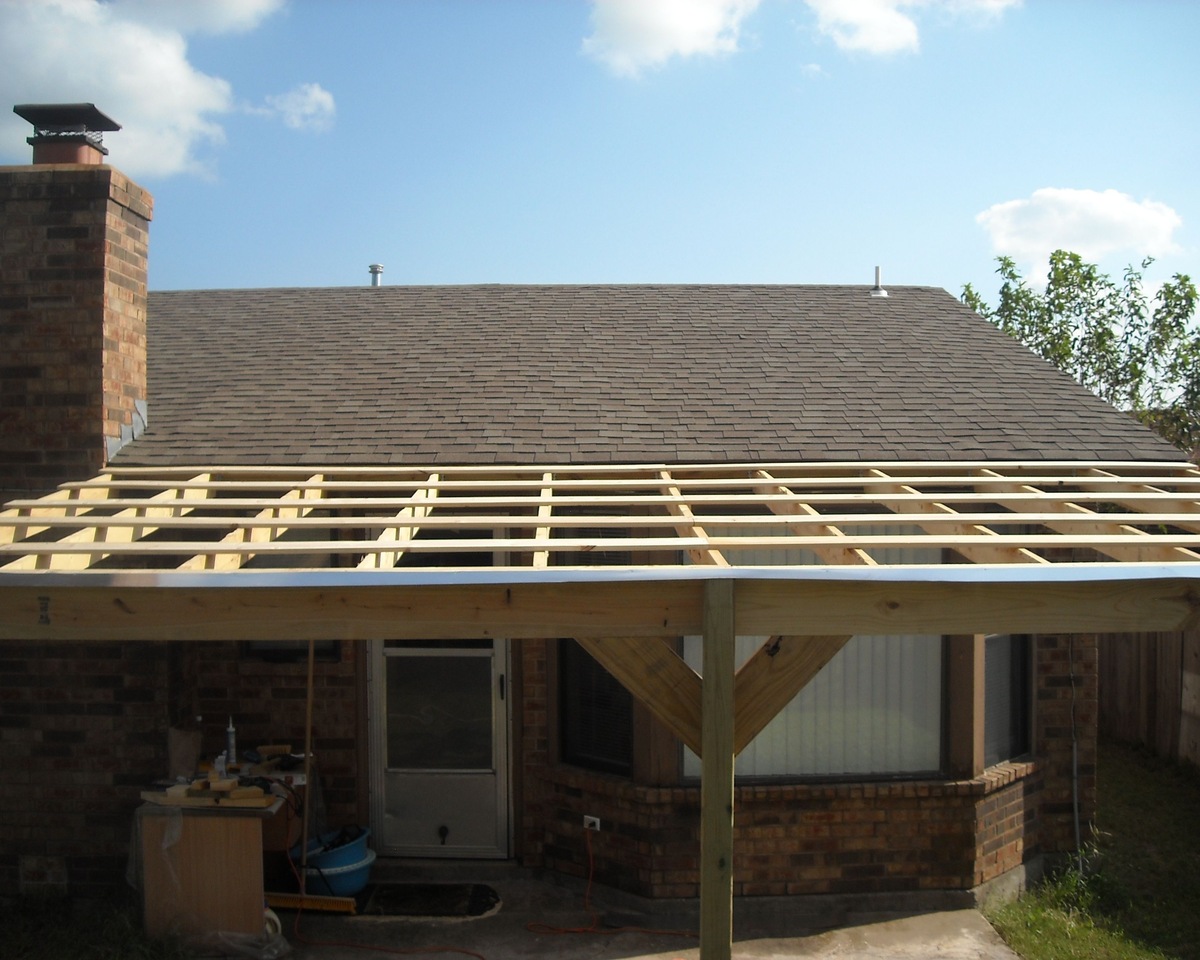
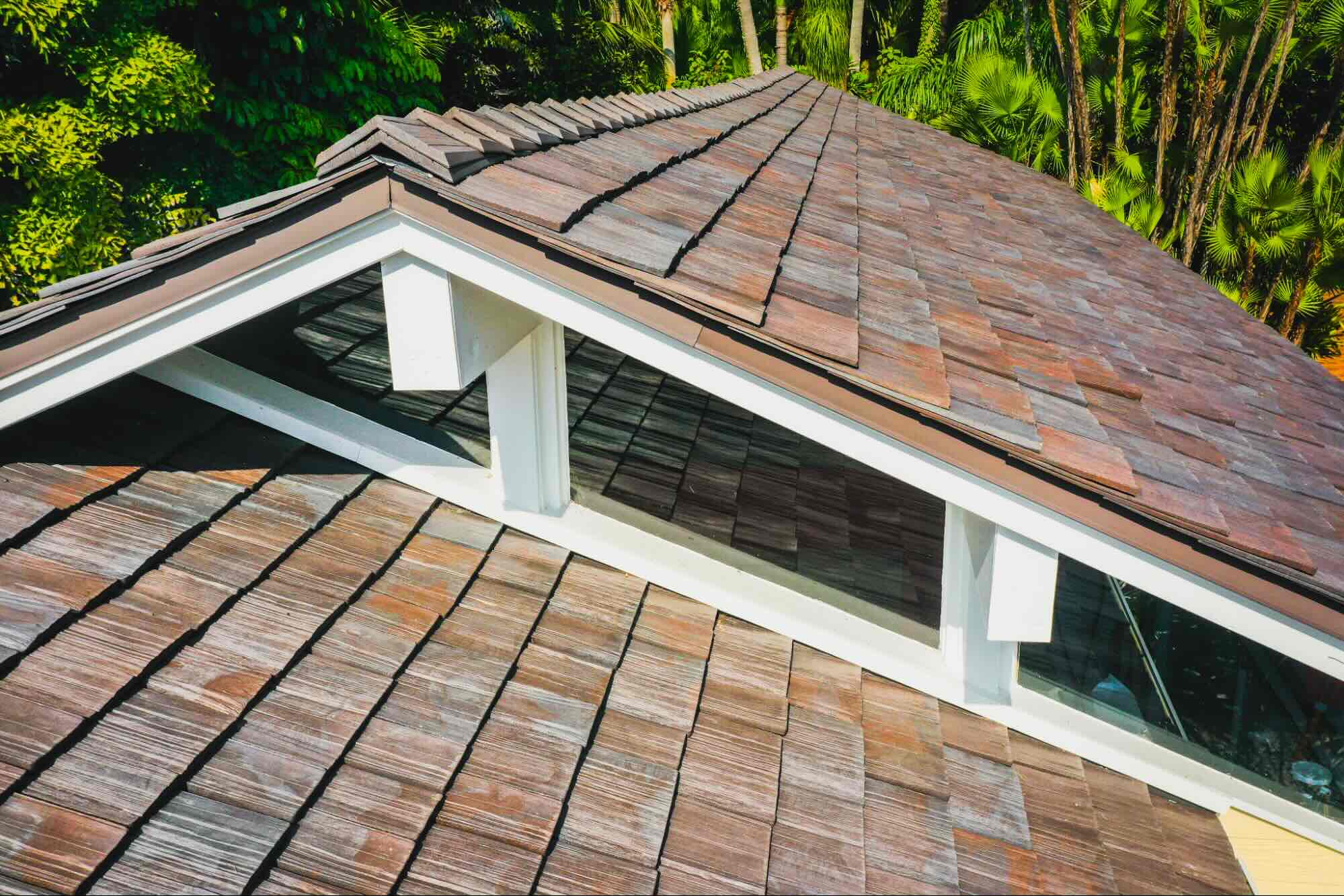
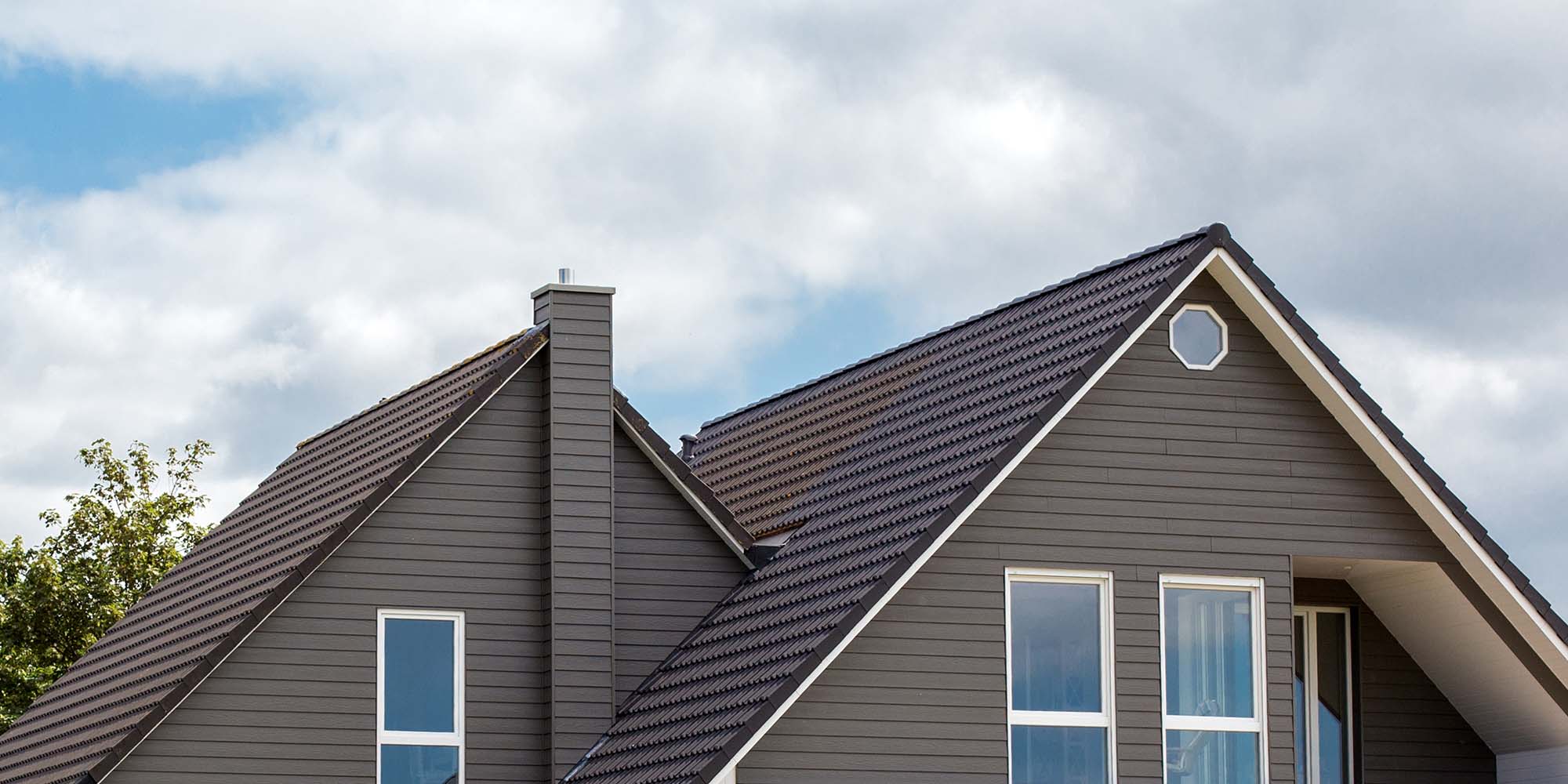
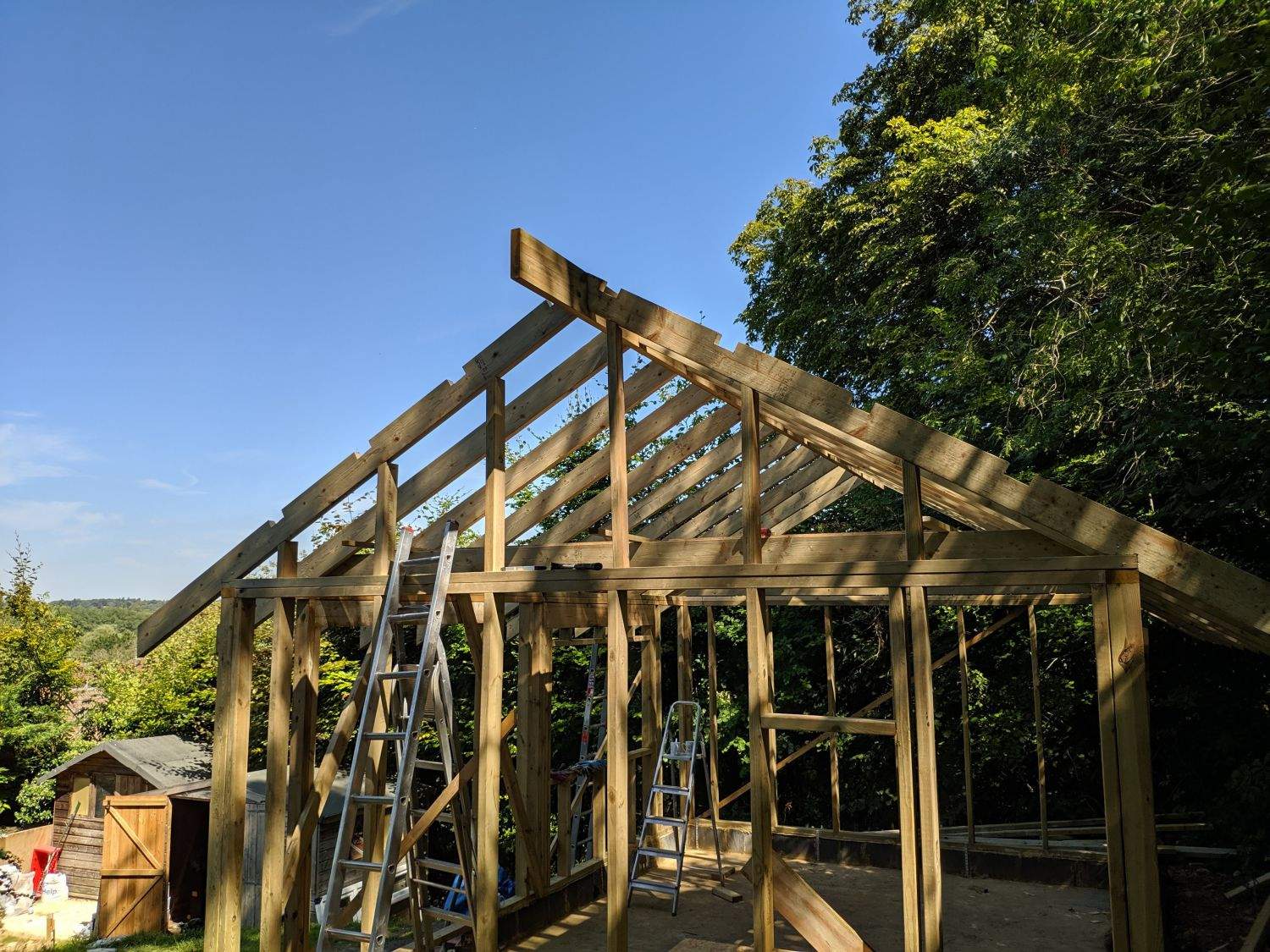

0 thoughts on “How To Clean Roof”